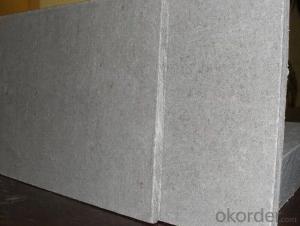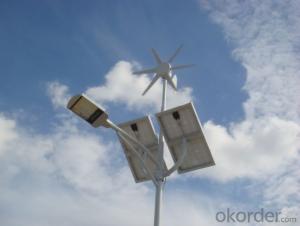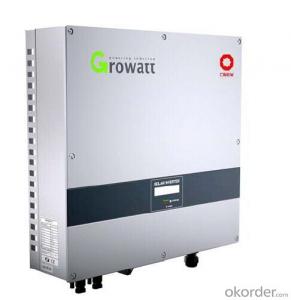Smart Hybrid Solar Inverter
Smart Hybrid Solar Inverter Related Searches
Canopy For Solar Inverter Inverter For Rv Solar Spd For Solar Inverter Solar With Electric Inverter Best Solar Inverter In Kenya Best Solar Inverter In Nigeria Buy Solar Inverter In Nigeria Pcu Mode In Solar Inverter Igbt In Solar Inverter Inverter In SolarHot Searches
Used Foam Board Insulation For Sale Bags Of Cement For Sale Types Of Temporary Side Panels For Cement Deck Magnesium Oxide Board For Sale Hdf Board For Sale sintra board for sale Fiber Sheet Price In India Gypsum Board Price Per Sheet In India Fiber Roofing Sheets Price In Pakistan Plastic Fiber Sheet Price 100 Kw Solar Inverter Price 100 Kva Solar Inverter Price Smart Solar Inverter Price 5 8 Type X Gypsum Board Price Gypsum Board Price Per Sheet Hardiflex Fiber Cement Board Price Extruded Polystyrene Insulation Board Price Polyurethane Insulation Board Price White Melamine Board Price Black Melamine Board PriceSmart Hybrid Solar Inverter Supplier & Manufacturer from China
Okorder.com is a professional Smart Hybrid Solar Inverter supplier & manufacturer, offers integrated one-stop services including real-time quoting and online cargo tracking. We are funded by CNBM Group, a Fortune 500 enterprise and the largest Smart Hybrid Solar Inverter firm in China.Hot Products
FAQ
- A solar inverter handles reverse power flow by automatically detecting the excess power generated by the solar panels and diverting it to the utility grid. This process, known as anti-islanding, ensures a safe and efficient operation of the solar system by preventing overloading and potential damage to the inverter.
- A solar inverter handles voltage unbalance in the grid by continuously monitoring the grid voltage levels. If it detects voltage unbalance, it adjusts the output power accordingly to maintain a balanced operation. This is achieved through internal control algorithms that ensure each phase of the grid receives the appropriate amount of power, correcting any imbalances and preventing potential damages to the solar inverter or the grid.
- The maximum power rating of a solar inverter typically depends on the specific model and manufacturer. It can range from a few hundred watts for small residential inverters to several megawatts for large-scale commercial or utility-grade inverters.
- The role of a solar inverter in preventing electrical faults is to convert the direct current (DC) generated by solar panels into alternating current (AC) that can be used by appliances and the electrical grid. By regulating and controlling the flow of electricity, a solar inverter ensures that the voltage and frequency levels are within acceptable limits, preventing overloading, overheating, and electrical faults that could potentially damage the system or cause safety hazards.
- Yes, a solar inverter can be used in systems with different module efficiencies. The solar inverter is designed to convert the DC electricity produced by the solar modules into AC electricity that can be used in the electrical grid or to power appliances. It does not depend on the module efficiency, but rather on the DC voltage and current produced by the modules. Therefore, as long as the DC output of the modules falls within the specifications of the solar inverter, it can be used regardless of the module efficiencies.
- Yes, a solar inverter can be used with a single solar panel. The purpose of a solar inverter is to convert the direct current (DC) produced by the solar panel into alternating current (AC) that can be used to power electrical devices or be fed back into the grid. Whether you have one solar panel or multiple panels, a solar inverter is necessary to convert the DC electricity into usable AC electricity.
- The role of a solar inverter in optimizing energy production is to convert the direct current (DC) electricity generated by solar panels into alternating current (AC) electricity that can be used to power homes and businesses. In addition to this basic function, a solar inverter also plays a crucial role in maximizing energy production by efficiently managing the flow of electricity, ensuring that the solar system is operating at its highest capacity, and adapting to changes in sunlight intensity to achieve optimal energy output.
- A solar inverter handles grid disturbances such as voltage sags, swells, and flickers by constantly monitoring the grid's voltage and frequency. When a disturbance occurs, the inverter utilizes its internal control mechanisms to adjust the solar power output accordingly. It can compensate for voltage sags by injecting additional power into the grid, and it can reduce power output during voltage swells to prevent overloading. Additionally, the inverter's control algorithms help minimize flickering by maintaining a stable and consistent power supply to the grid.












































